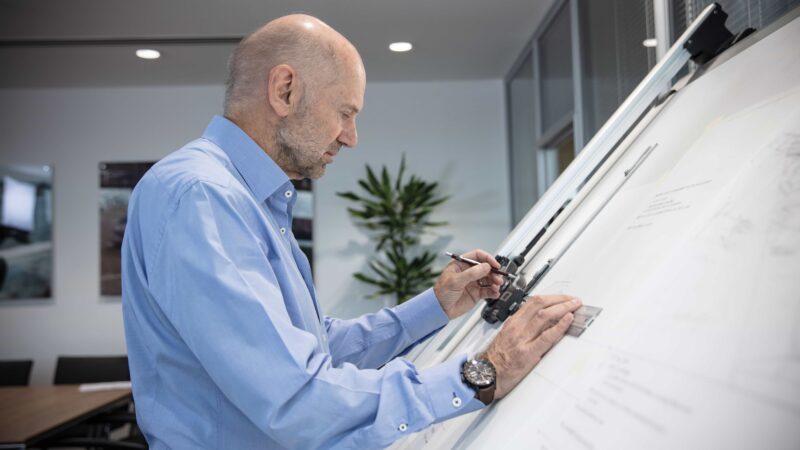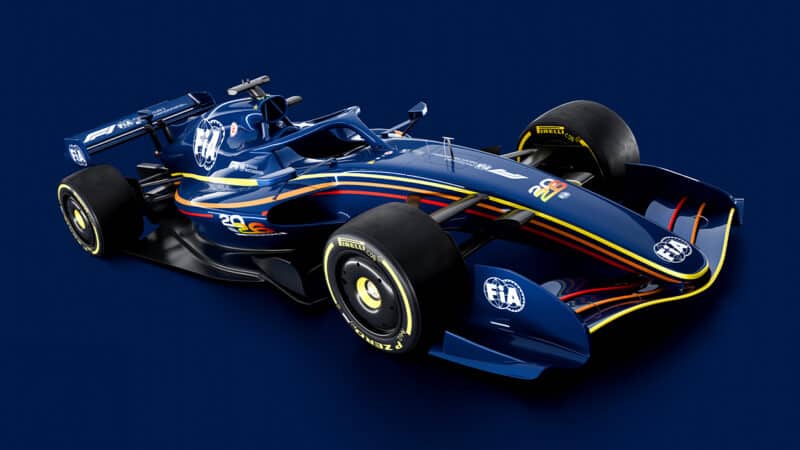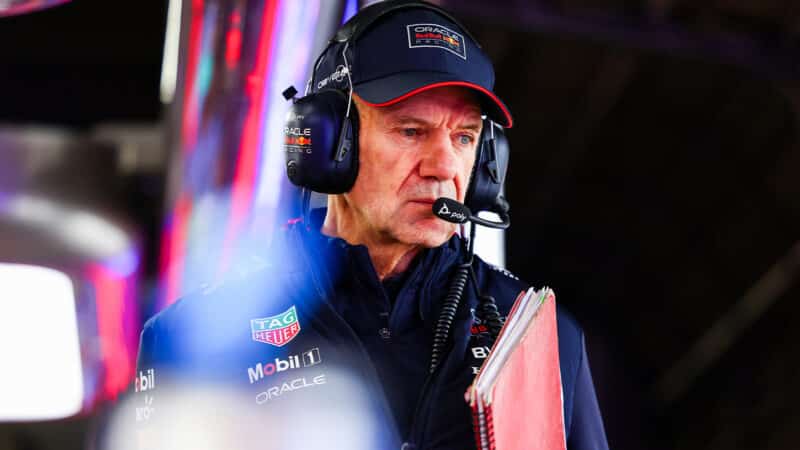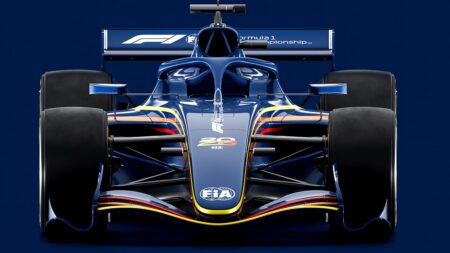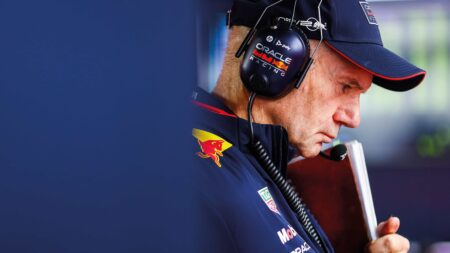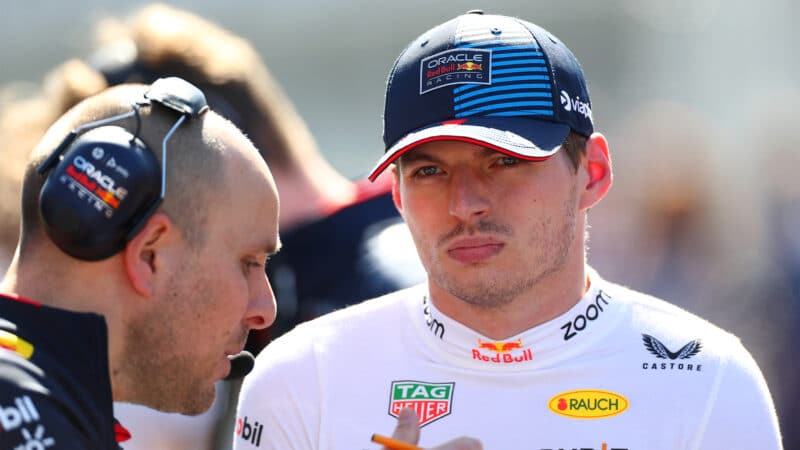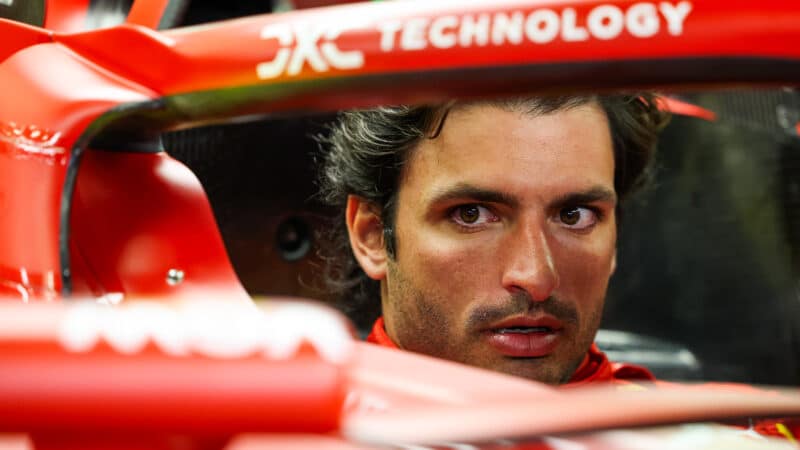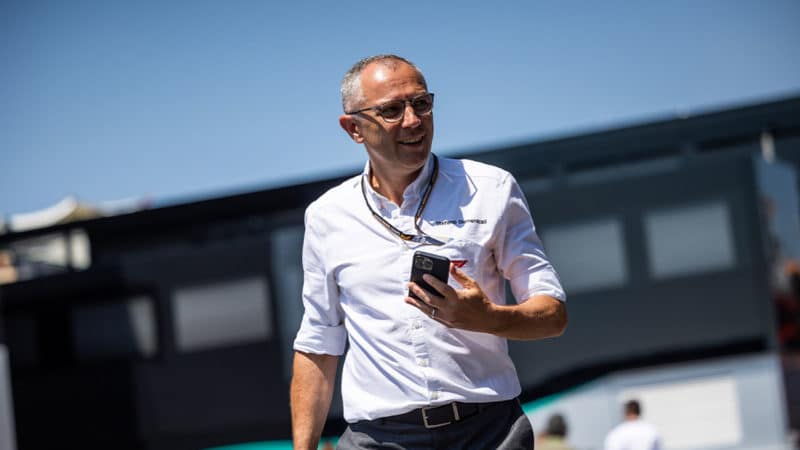“This is the approach I’d prefer: we want to make the automobile less damaging to the planet, this is what you need to achieve, prescribe the make-up of the damage to the planet, set a broad set of limits and off you go – instead of zero tailpipe emissions which effectively means it’s either battery or hydrogen, neither of which currently reach the levels of performance we expect for grand prix racing’s format.”
The groundbreaking designer is strong in his views on where the championship’s priorities lie.
“The FIA appears to be heavily influenced by one or two manufacturers, in the hope they will appease those manufacturers but also perhaps attract others in. I suppose since Audi are coming in for 2026 there has been a partial success in this regard, but I’m not sure it’s worth the overall compromise of what could be achieved. The reality is manufacturers come and go, with the exception of Ferrari.
“It’s the teams that are core to the business and then of course the big actual core is the viewing public. So it’s essential we provide a good show and as part of that variety is proven to be well rewarded.”
Christian Horner – Red Bull F1 team boss
Newey is now set to depart Red Bull after an unprecedented period of success, but his soon to be ex-team boss Christian Horner is aligned with his designer in feeling there’s too much emphasis placed on attracting car manufacturers via an extreme engine formula and not on the championship’s backbone of core teams.
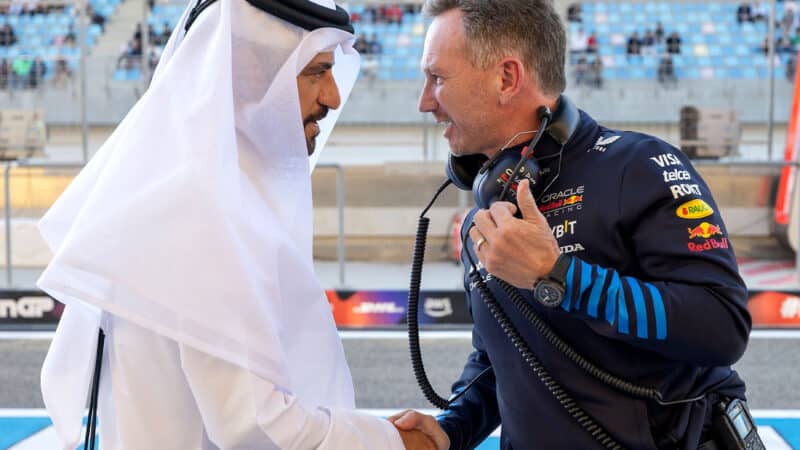
Horner is aligned with Horner on several issues surrounding the new rules
Getty Images
“[It’s] probably one that even the FIA would acknowledge,” Horner said, “that only the engine manufacturers wanted this kind of 50/50 combustion engine with electric.
“I guess it is what their marketing people said that we should be doing and I understand that: it’s potentially interesting because F1 can be a fast-track developer of technology.
“The problem potentially on the battery and electric side is the cost currently, certainly of electric motors to F1 standard, plus inverters and batteries. It is very high, but perhaps production techniques in the future will help to bring that down.
“The key aspect for the manufacturers is the perception of relevance in the show room” Christian Horner
“The other problem is the battery. What we need, or what the F1 regulations need out of the batteries in terms of power density and energy density, is quite different to what a normal road car needs. And that in itself means that the battery chemistry, and possibly battery construction is different. So, there’s a risk that it won’t be directly road-relevant.
“But perhaps that’s not the key aspect anyway. The key aspect, certainly for the manufacturers although they will never admit it, is the perception of relevance in the show room.”
Toto Wolff – Mercedes F1 team boss
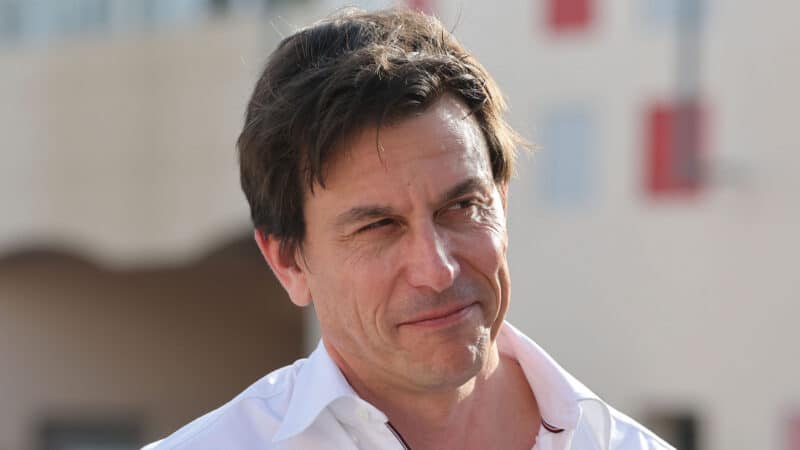
Wolff has dismissed Horner’s concerns
However Horner’s long-time rival team boss Toto Wolff struck back in response, the Mercedes principal suggesting the Red Bull man has been trying to influence the direction of the rules due to worries over the new Milton Keynes Ford power unit – its first in-house design.
